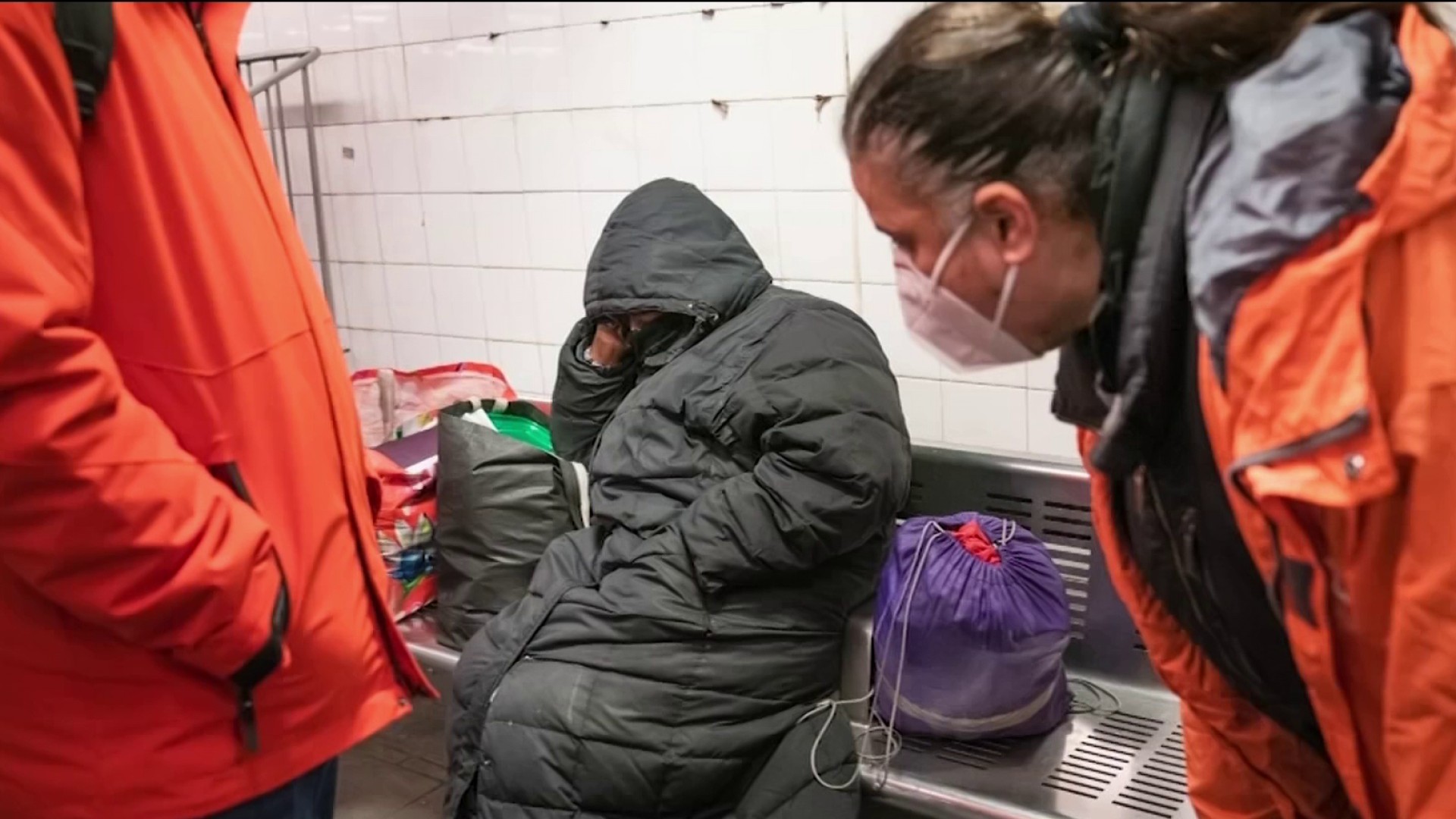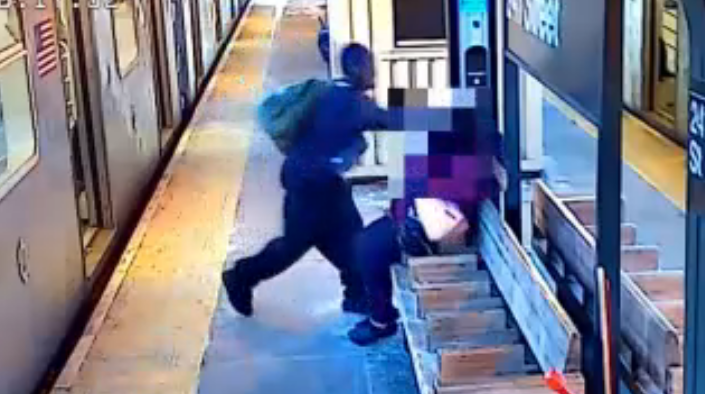As more New Yorkers ride the rails, safety remains a big concern.
From a video showing a flood of urine on the F train earlier in the week, to a hammer attack in a Manhattan station, to feces smeared on a woman at a Bronx platform, there is fear among riders on the subways.
Both Mayor Eric Adams and Gov. Kathy Hochul have vowed to make changes and fix the mental health crisis in New York City — but are the mayor's new subway safety teams getting people the treatment they need?
Get Tri-state area news and weather forecasts to your inbox. Sign up for NBC New York newsletters.
Adams has said it is urgent to get people the mental health treatment they need, but NBC New York has learned that very few of the mentally ill people encountered by the new subway safety teams are being brought in for psychiatric evaluations, despite recent changes made to get more people help.
In February, Adams launched subway safety teams comprised of police and outreach workers to tackle the mental health crisis playing out on train cars.
"If someone is in physical emotional distress, we can't leave them on the train," the mayor said.
The I-Team has learned that in their first 17 days on the job, the safety teams have taken just four people to local hospitals for psychiatric evaluation. That number that might seem surprising given new guidance issued by the state in February lowering the bar for who can be brought to hospitals and potentially admitted for involuntary psychiatric evaluation and treatment.
State Mental Health Commissioner Anne Marie Sullivan coauthored the guidance obtained by the I-Team, which states that "there is often a misconception amongst both police as well as front-line mental health crisis intervention workers that a person with mental illness must present as 'imminently dangerous' in order to be removed from the community."
Sullivan said that the guidance "speaks to the reasons you might want to admit a person to the hospital," but noted that it's doesn't always have to be imminent.
"Basically if someone has an inability to deal with their basic needs of food health shelter, that's another reason," Sullivan said.
The new interpretation of the law is designed to stop the cycle where disruptive people are discharged from the hospital too quickly to get well, because they're not considered dangerous enough under the law.
Commissioner Sullivan said it's important to proceed carefully, considering people's civil rights, and that it's taking time for physicians and police to get up to speed.
"Because as we've spoken to the officers on the subways it's clear that some of them don't understand that some of these people are eligible to be brought in," she said.
The NYPD told the I-Team that as of Wednesday night, the new subway safety teams had almost 2,700 contacts with individuals, 136 of whom were placed in shelters. But on Thursday, Adams acknowledged not all shelters are offering mental health treatment either.
Adams said that is "unacceptable, we have to do better."
City Hall said that the plan is still very new, and that more time is needed before it can be evaluated.



